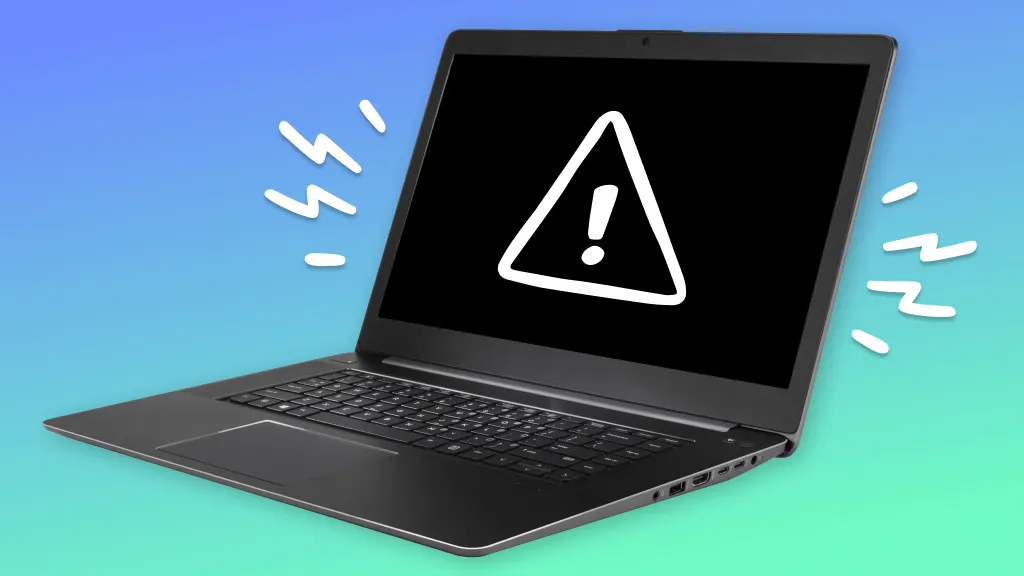How to troubleshoot a Lenovo laptop with a black screen

⚡ Fast fix
- Hold the power button for 30 seconds to force a reset.
- Unplug accessories—USBs, drives, everything.
- Plug it in and try again. Look for any signs of life.
- Still nothing? Let a tech at your nearest uBreakiFix® by Asurion store check it out for free.
Experiencing a black screen on your Lenovo® laptop can be inconvenient when you’re settling in for a movie night or a disaster when you’re gearing up for a big presentation. It's not an issue you want to run into, but you don’t have to worry—we’ve got you covered.
Our experts at uBreakiFix® by Asurion have the tech know-how to handle most device problems, including your screen. Here’s what they say about fixing a Lenovo laptop with a black screen.
Why does my Lenovo laptop have a black screen?
A black screen on your Lenovo laptop can stem from several causes, from simple software glitches to more complex hardware failures. Common reasons your Lenovo laptop’s screen has gone dark include issues with the display settings, outdated or unusable graphics drivers, a drained battery, or a disconnected monitor.
Troubleshooting a Lenovo laptop’s black screen
Whether your screen is black or intermittently failing, these steps can help resolve the issue.
1. Try a hard restart
Sometimes, a simple hard restart can fix the issue, forcing your laptop to reset and potentially clearing any minor glitches. Here’s how to do it:
- Hold the Power button until the laptop shuts off completely.
- Disconnect any connected external devices.
- Press the Power button again to turn on the laptop and see if the screen comes back on.
2. Reset the display mode
A misconfigured display setting can also lead to a black screen. Resetting the display mode might help:
- If you're connected to an external monitor, try unplugging the HDMI or VGA cable and plugging it back in.
- You can refresh your display with a keyboard shortcut. Just press the Windows key + Ctrl + Shift + B, and it can often reset your display's connection without the need for more complicated steps.
3. Put your laptop in Safe Mode
Safe Mode starts your PC with only essential programs and drivers running. You can use this mode to diagnose whether the black screen is caused by software or drivers. Try placing your laptop in Safe Mode and testing if your black screen begins to work normally.
For everything you need to know about Safe Mode, check out our guide for Windows computers.
4. Update the graphics drivers
Outdated or faulty graphics drivers are a common culprit behind screen issues. If you can get your laptop into Safe Mode, try updating the graphics drivers.
- Start your laptop in Safe Mode.
- Once in Safe Mode, type “device manager" In the search box on the taskbar, then select Device Manager.
- Select Search automatically for updated driver software > Update Driver. If there’s an update available, the computer will update the driver.
If you've tried these steps and still need a little help, we're right around the corner. Schedule a repair at the nearest uBreakiFix® by Asurion store and our certified experts can get your device back up and running as soon as the same day.
The Asurion® trademarks and logos are the property of Asurion, LLC. All rights reserved. All other trademarks are the property of their respective owners. Asurion is not affiliated with, sponsored by, or endorsed by any of the respective owners of the other trademarks appearing herein.

